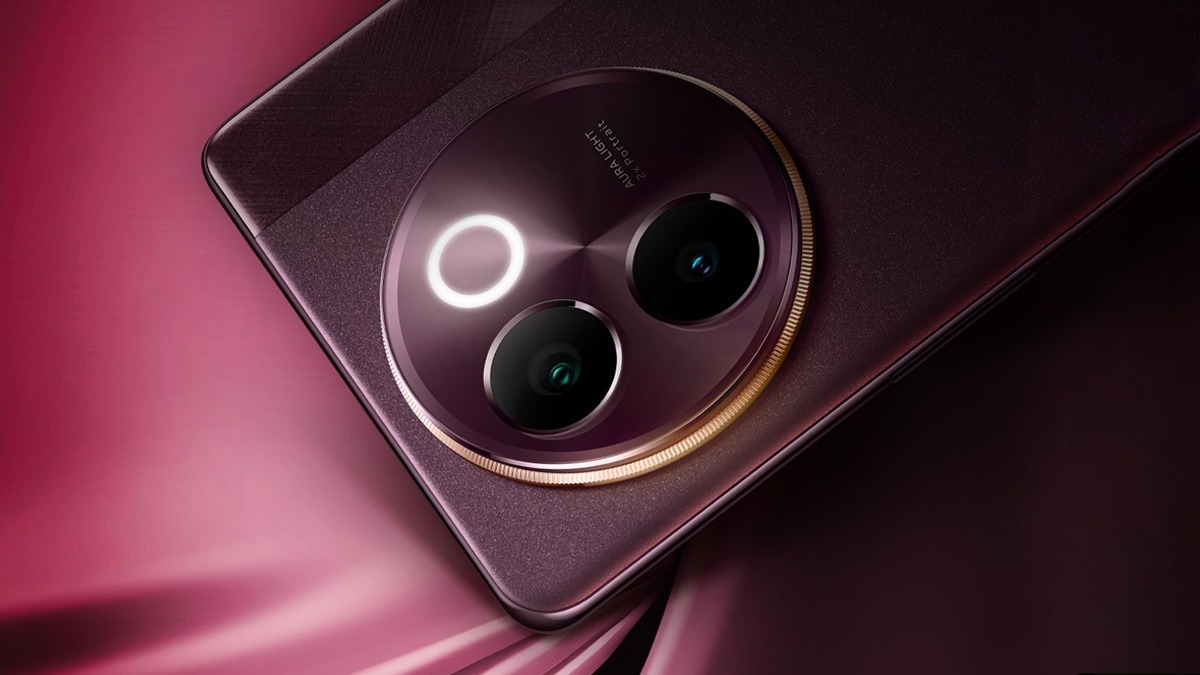Just In
Don't Miss
- News
 West Bengal Madhyamik Result 2024 Out Today? How To Check WBBSE Class 10 Result
West Bengal Madhyamik Result 2024 Out Today? How To Check WBBSE Class 10 Result - Movies
 Kasoombo Trailer, Release Date: Here's When Hindi Version Of Film Will Release
Kasoombo Trailer, Release Date: Here's When Hindi Version Of Film Will Release - Finance
 Up 450% From IPO Price: This PSU Energy Stock Soars Following Strong Q4 Earnings; Profit Surges 45%
Up 450% From IPO Price: This PSU Energy Stock Soars Following Strong Q4 Earnings; Profit Surges 45% - Automobiles
 Toyota Sales Breakup For The Month Of March 2024 – Hycross & Hyryder Leads The Charge
Toyota Sales Breakup For The Month Of March 2024 – Hycross & Hyryder Leads The Charge - Lifestyle
 Kalki 2898 AD: Amitabh Bachchan As Ashwatthama Aces The Mystical Look In The Teaser, Pics!
Kalki 2898 AD: Amitabh Bachchan As Ashwatthama Aces The Mystical Look In The Teaser, Pics! - Sports
 T20 World Cup 2024: 10 Players Certain of Getting Place In India Squad For Upcoming ICC Event
T20 World Cup 2024: 10 Players Certain of Getting Place In India Squad For Upcoming ICC Event - Education
 AP SSC Results 2024 Declared On April 22, Check Details Here
AP SSC Results 2024 Declared On April 22, Check Details Here - Travel
 Journey From Delhi To Ooty: Top Transport Options And Attractions
Journey From Delhi To Ooty: Top Transport Options And Attractions
Scientists develop robot using a 290-million-years-old fossil
This helped them understand the locomotion of prehistoric land creatures.
Scientists have used a 290-million-year-old fossil skeleton and preserved ancient footprints to build a robot that can move as the prehistoric animals did. After years of study of the 290-million-year-old fossil, biologist John Nyakatura at Humboldt University in Berlin was able to create a robot that can resemble prehistoric life.

The four-legged creature was a plant-eater and lived before the big dinosaurs came into existence. The creature is believed to be a "stem amniote", an early land-dwelling animal that later evolved into mammals, reptiles, and birds.
Scientists say that the first generation on amphibious animals saw the light of day 350 million years ago, while the first species of amniotes emerged 310 million years ago.
The fossil which is referred to as Orabates pabsti is described as a "beautifully preserved and articulated skeleton," by Nyakatura. He worked closely with robotics expert Kamilo Melo who works at Swiss Federal Institute of Technology in Lausanne. The duo developed a model that could move exactly how the creature moved. The results of their experiment can be found in the journal Nature.
The team of researchers then built a full-fledged replica of the creature, "we carefully modeled each and every bone," said Nyakatura. They also tested the motion in several ways to match the traits of the prehistoric beast.
The same procedure was repeated with a slightly-scaled up robotic replica, which was dubbed as OroBOT. The bot comprises motors which are 3D-printed plastic and steel parts. The model "helps us to test real-world dynamics, to account for gravity and friction," said Melo.
The scientists believe that the robot model helped them learn that the creature had more advanced locomotion than it was previously thought for such a prehistoric land animal. "It walked with a fairly upright posture," said Melo. "It didn't drag its belly or tail."
-
99,999
-
1,29,999
-
69,999
-
41,999
-
64,999
-
99,999
-
29,999
-
63,999
-
39,999
-
1,56,900
-
79,900
-
1,39,900
-
1,29,900
-
65,900
-
1,56,900
-
1,30,990
-
76,990
-
16,499
-
30,700
-
12,999
-
18,800
-
62,425
-
1,15,909
-
93,635
-
75,804
-
9,999
-
11,999
-
3,999
-
2,500
-
3,599
















































